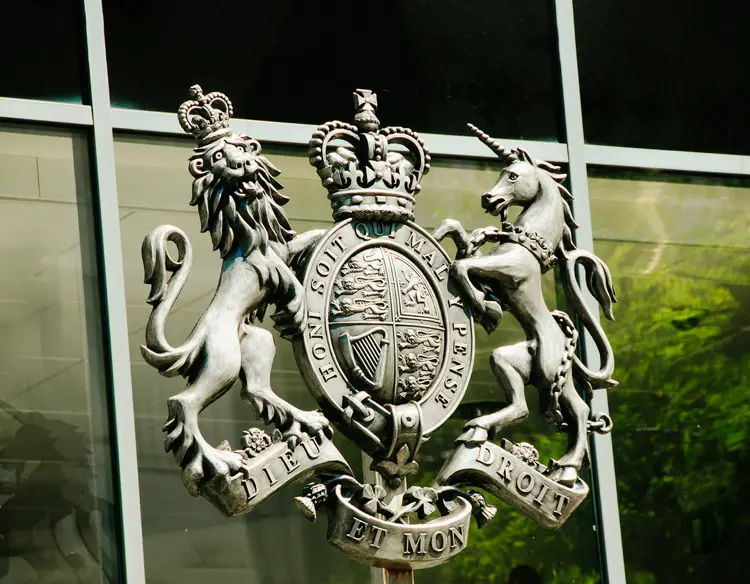Background
In this case, there were two trusts known as the C Trust. The Number 1 C Trust, a Jersey discretionary trust, had been established to receive the proceeds of a life policy.
However, when the Jersey trustee ( refused to accept a letter of wishes as being binding upon it, the settlor of C1 Trust established another trust called the Number 2 C Trust with a US corporation (US Trustee) being incorporated specifically to act as the initial trustee of C2 Trust.
The terms of the C2 Trust were prescriptive and provided for quarterly payments to certain adult beneficiaries. The intention was that the C2 Trust rather than the C1 Trust would receive the proceeds of the policy, following which the US Trustee would resign as trustee in favour of the Jersey Trustee.
Following the death of the settlor in 2005, the US Trustee received the proceeds of the policy. Although the US Trustee had instructions to transfer the proceeds to the C1 Trust, the Jersey Trustee was unwilling to act.
Arrangements were therefore made for an alternative trustee (Successor Trustee) to be appointed in place of the Jersey Trustee. Whilst it was intended for the Successor Trustee to replace the US Trustee, in due course, as trustee of the C2 Trust, this did not happen and the US Trustee simply transferred the proceeds to the Successor Trustee after its appointment as trustee of the C1 Trust.
In the event it transpired that the transfer by the US Trustee to the Successor Trustee was invalid due there having been no power under the C2 Trust to make a trust to trust transfer. This meant that for a period of over 10 years the Successor Trustee held the funds received from the US Trustee as trustee de son tort until its formal appointment as trustee of the C2 Trust in January 2017. During this period, the Successor Trustee purported to deal with the funds received and also paid itself professional fees
In the meantime, the adult beneficiaries of the C2 Trust, which was due to terminate in 2039, wished to terminate the trust and for the trust fund to be paid in particular proportions (as specified in the settlor's letter of wishes) to the widow, children and step-children of the settlor, all being within the beneficial class (although the widow was not entitled to any distribution on termination).
As early termination would deprive the minors and unborns, it was proposed that a separate fund be set aside for their benefit, although there was no power under the terms of the C2 Trust to do this.
The issues before the Court were:
- Whether to ratify the Successor Trustee's actions during the period of its purported trusteeship;
- Whether to confirm that the Successor Trustee was entitled to remuneration during this period;
- Whether the Successor Trustee ought to be excused for any breach of trust as a result of the defective appointment; and
- Whether to vary the trust and approve the proposed distributions.
Decision
The Court held as follows:
- It had power to relieve a trustee from personal liability, and referring to previous case law, confirmed that that also extended to a trustee de son tort.
- It had power to authorise remuneration for the Successor Trustee as trustee de son tort as well as increasing or varying the amount provided by the trust instrument. It allowed the Successor Trustee to be paid for its services whilst trustee de son tort in accordance with that trustee's standard terms of business.
- The Court had power to ratify all past acts of a trustee de son tort under its inherent jurisdiction and did so in this case. It reached this decision having taken into account that the various beneficiaries supported the assessment that the Successor Trustee had acted in good faith during the period when it thought it was trustee of the C2 Trust, and had sought to deal with its duties honestly and competently. In ratifying the Successor Trustee's actions, the Successor Trustee was absolved from liability during its time as trustee de son tort, but would remain liable for any breaches of trust which may have occurred since it was validly appointed as trustee in 2017.
- It approved the variation to allow the C2 Trust to be terminated and for the separate fund to be established for the minors and unborns. This was on the basis that it might be decades before some of the minors might benefit, and the contingent interest of the unborns was highly remote (given that the trust would expire in 2039).




